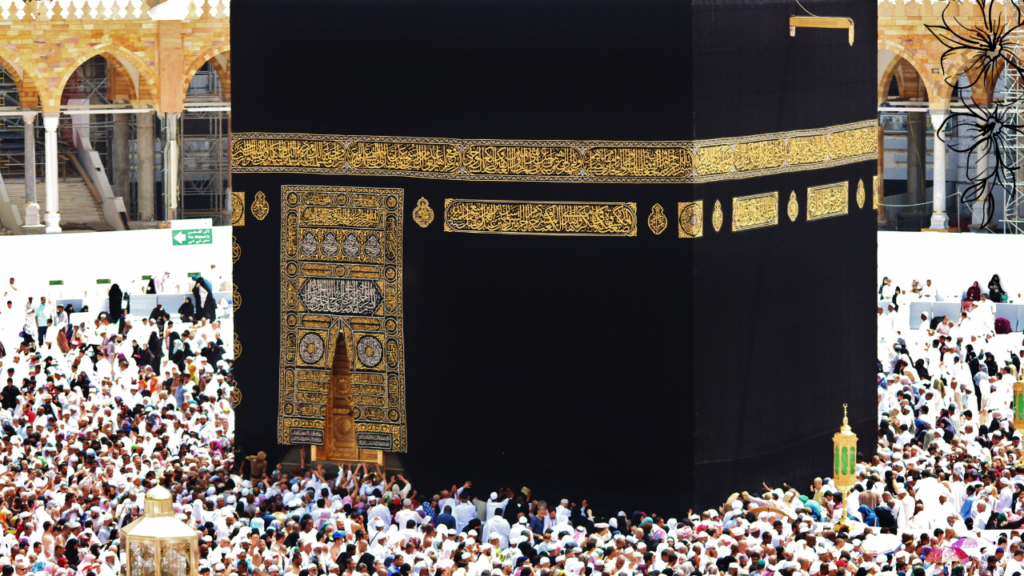Sulah Hudaibiya
Navigating Challenges and Building Alliances: The Significance of the Sulah Hudaibiya in Islamic History

Sulah Hudaibiya
Sulah Hudaibiya, also known as the Treaty of Hudaibiya, is a pivotal agreement in Islamic history that was established in the 6th year of the Islamic calendar (628 CE) between the Muslims of Medina, led by Prophet Muhammad, and the Quraysh of Mecca.

Introduction
The Sulah Hudaibiya, also known as the Treaty of Hudaibiya, holds a significant place in the history of Islam as a pivotal moment that shaped the course of events during the lifetime of Prophet Muhammad (peace be upon him). This treaty was established in the 6th year of the Islamic calendar (628 CE) between the Muslims of Medina, led by Prophet Muhammad, and the Quraysh of Mecca.
Background of Sulah Hudaibiya
The background of the Sulah Hudaibiya dates back to the early years of the Prophet’s mission when he and his followers faced intense persecution in Mecca. In 622 CE, due to escalating hostilities, the Prophet and the early Muslim community migrated from Mecca to Medina, seeking a safe haven. Despite finding relative peace in Medina, the tensions between the Muslims and the Quraysh persisted.
Also check.
- Why Ludo is Haram in Islam?
- Who Crucified Jesus in Islam?
- What is Confucianism?
- What is Haram?
- What is Shinto Religion?
- Who Founded Sikhism?
- What is Quran?
Desire to perform the pilgrimage in Mecca
The terms of the treaty were perceived by many as unfavorable to the Muslims. Among the stipulations were clauses that seemed to favor the Quraysh, such as the stipulation that if a Meccan embraced Islam and sought refuge in Medina, the Muslims were obligated to return the individual to Mecca. Additionally, the treaty declared a 10-year ceasefire between the two parties, during which there would be no hostilities or warfare.

Apparent Concessions
The apparent concessions made by the Prophet Muhammad puzzled some of his companions, particularly Umar ibn al-Khattab, who questioned the wisdom of the agreement. However, the wisdom behind the treaty became evident in the subsequent years.
Establishment of period of relative peace
One of the key outcomes of the Sulah Hudaibiya was the establishment of a period of relative peace, allowing the Muslims to focus on spreading the message of Islam without the immediate threat of military confrontation. During this time, many tribes and individuals embraced Islam, contributing to the growth of the Muslim community.
The treaty also paved the way for diplomatic relations between the Muslims and other Arabian tribes. The peaceful atmosphere provided an opportunity for dialogue, leading to alliances and agreements that strengthened the position of the Muslims in the region.

Tuning Point
The turning point came in the 8th year of the Islamic calendar when the Quraysh violated the terms of the treaty. In response, the Prophet Muhammad and his followers marched towards Mecca, leading to its peaceful conquest. The events that followed demonstrated the foresight of the Prophet and the divine wisdom behind the seemingly disadvantageous terms of the Sulah Hudaibiya.
Conclusion
The Sulah Hudaibiya stands as a lesson in patience, strategic thinking, and trust in divine guidance. It teaches the importance of navigating challenges with wisdom and perseverance, even when the immediate circumstances may seem unfavorable. The events surrounding this treaty highlight the profound impact of a long-term vision and the eventual fulfillment of divine promises.

FAQs
What is Sulah Hudaibiya?
Sulah Hudaibiya, also known as the Treaty of Hudaibiya, is a pivotal agreement in Islamic history that was established in the 6th year of the Islamic calendar (628 CE) between the Muslims of Medina, led by Prophet Muhammad, and the Quraysh of Mecca.
What were the circumstances leading to the Sulah Hudaibiya?
The early Muslims faced intense persecution in Mecca, leading to the migration to Medina in 622 CE. Despite relative peace in Medina, tensions with the Quraysh persisted. In the 6th year of the Islamic calendar, Prophet Muhammad sought to perform the pilgrimage to Mecca, leading to negotiations and the eventual signing of the treaty.
What were the terms of the Treaty of Hudaibiya?
The treaty contained several clauses, including a 10-year ceasefire, stipulations regarding the return of Meccan converts to Islam, and provisions for peaceful coexistence between the two parties.
Why did the terms of the treaty seem unfavorable to the Muslims?
Some terms, such as the obligation to return Meccan converts to Islam, appeared disadvantageous. However, the wisdom behind these terms became evident in the subsequent years.
What were the outcomes of the Sulah Hudaibiya?
The treaty resulted in a period of relative peace, allowing the Muslims to focus on spreading Islam. Many tribes and individuals embraced Islam during this time, contributing to the growth of the Muslim community.




